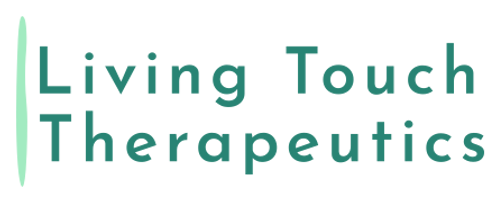Seated Good Morning Exercise
- Benjamin Mishleau
- Jan 22
- 3 min read
Updated: Feb 19
The seated good morning exercise is a variation of the traditional good morning movement, which has its roots in strength training and Olympic lifting. The classic good morning exercise, which involves bending forward at the hips to strengthen the posterior chain, was commonly used by weightlifters and powerlifters to enhance hamstring flexibility, glute strength, and lower back stability. The seated variation is an excellent exercise for building mobility through the hips and stability through the spinal column.
Purpose: Strengthens the posterior chain, including the lower back, glutes, hamstrings, and core.
Target Areas: Hamstrings, glutes, lower back, and core.
Instructions:
Sit on a flat bench or sturdy chair with your feet flat on the ground, slightly wider than shoulder-width apart. Hold a dumbbell in your hand like a goblet. Engage your core and keep your chest up with your spine neutral.
Hinge forward at the hips, lowering your torso toward the ground. Keep your back straight and your head aligned with your spine throughout the movement. Stop when you feel a deep stretch in your hamstrings or when your torso is parallel to the ground, whichever comes first.
Reverse the movement by engaging your glutes and lower back to raise your torso back to the starting position. Avoid using momentum—move slowly and with control.
Perform 8–12 repetitions for 2–3 sets.
Tips:
Engage your core to protect your lower back.
Ensure your feet remain flat on the floor and your legs stay stable.
Who Should Do the Seated Good Morning Exercise?
The seated good morning is a posterior chain exercise that targets the lower back, glutes, hamstrings, and core while reducing spinal load compared to standing variations. It is ideal for:
Athletes & Strength Trainees: Powerlifters, weightlifters, and martial artists use this exercise to strengthen the posterior chain and reinforce proper hip hinge mechanics.
Individuals with Limited Mobility: Those who struggle with standing hip hinges due to balance or mobility restrictions can benefit from the seated version.
People Recovering from Lower-Body Injuries: If cleared by a healthcare professional, this movement can be useful for maintaining strength in the posterior chain while reducing stress on the knees and ankles.
Beginners Learning Hip Hinge Mechanics: The seated position helps reduce excessive forward lean, making it a good starting point for those learning proper form before progressing to standing variations.
Individuals Looking to Strengthen the Lower Back and Core: The movement engages the lower back, core, and glutes, making it beneficial for postural strength and spinal stability.
Who Should Avoid or Modify the Seated Good Morning Exercise?
While this exercise is effective, some individuals should avoid or adjust it:
People with Existing Lower Back Pain or Injuries: Those with herniated discs, sciatica, or chronic lower back pain should avoid this movement unless cleared by a professional, as it places stress on the lumbar spine.
Individuals with Hip or Hamstring Tightness: Limited flexibility may cause compensation in the lower back, increasing injury risk. Stretching and mobility work may be needed before attempting this exercise.
People with Poor Core Stability: A weak core can lead to excessive spinal rounding, which may increase strain on the lower back. Core strengthening should be prioritized before adding resistance.
Anyone Recovering from Spinal Surgery or Severe Back Injuries: The forward-leaning motion places strain on the spine, which may not be suitable for those with spinal conditions unless supervised by a medical professional.
Pregnant Individuals (Later Stages): The movement may place unnecessary pressure on the abdomen, so modifications like supported back exercises or gentle hip hinges may be more appropriate.
If It Causes Pain: If in doubt, if it causes pain, don't do it.









Comments